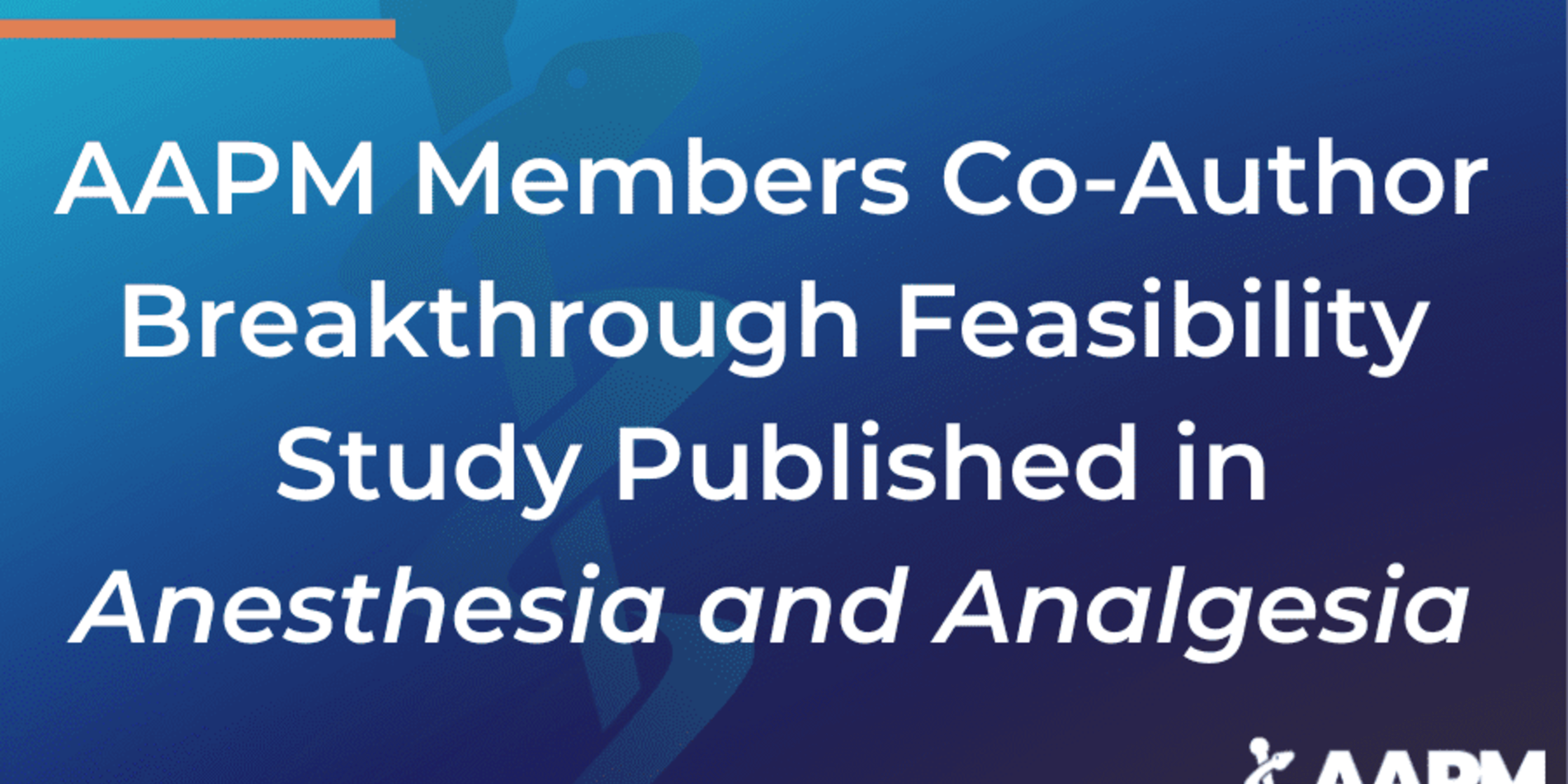The tangled web of physical and emotional pain in prescription opioid use disorder
Every year, clinicians in the United States write 250 million prescriptions for opioid painkillers. For the vast majority of patients, these painkillers provide short-term relief and then life goes on. A very small percentage of people prescribed opioids, however, develop a prescription opioid use disorder (POUD), which can have a devastating impact on their life.
As a pain and substance use researcher, I’ve long been curious about how we can better prevent and treat POUDs. In my latest work, published this month in the journal Drug and Alcohol Dependence, I looked at a group of 360 people with POUD enrolled in a 12-week treatment program. Participants were given buprenorphine and naloxone—a first-line treatment for POUD that helps ease opioid withdrawal symptoms and negative moods. I wanted to know what underlying characteristics of these people made them more or less likely to relapse during treatment.
We already know that there’s a strong association between depression and POUD. But rather than make that assumption, and divide study participants into depressed and not-depressed to analyze the difference, my study used an advanced statistical technique that looked at the data in a less biased way. The statistical approach lumped patients into groups depending on their response to treatment as well as other attributes. We then went back and looked at the baseline characteristics that set each group apart.
Four groups resulted: the first, which contained more than 60% of participants, was a low relapse rate group—fewer than half of these patients relapsed during treatment and their physical pain and depression both tended to improve over the 12 weeks. A much smaller group (10%) had very high rates of early relapse—every patient in this group relapsed within the first five weeks of treatment. Finally, two groups contained patients with especially high rates of depression or of physical pain. Many of the people in these groups had relapsed on prescription opioids by the end of the 12-week treatment. Initially, I was surprised to see that at a statistical level, these physical pain and depression groups were nearly identical; my colleagues and I really couldn’t tell them apart. This was surprising because, at a clinical level, patients with physical pain and patients with depression are very different.
In retrospect, I think the finding points toward a general role of “suffering” in POUD and perhaps other substance abuse disorders. The same brain pathways are often engaged in both physical and emotional pain. When we prescribe opioids, we’re prescribing them to treat physical pain. But if the brain can’t distinguish between pain and depression, then you’re also giving a patient some relief from depression with opioids and it becomes very difficult to parse the types of pain.
I also noted interesting differences between men and women—many women were in the high-depression group. And I found that a number of people who self-reported that they did not have depression actually scored high on a depression scale that they completed. Moreover, half the people in the high depression class did not self-report a previous lifetime diagnosis of depression. This suggests that there are many individuals in POUD treatment that may meet diagnostic criteria for depression, but are unaware of their condition. I think these observations all point to the importance of further studying the complex interplay between depression, physical pain and prescription opioid misuse.
In the future, I’d like to apply my statistical modeling approach to other questions related to prescription opioids. For instance, can we predict, when a patient is first prescribed opioids after a routine surgery, how long they’ll need the drugs and whether they’ll start misusing them? Being able to answer this question could help guide the decisions doctors make when they write opioid prescriptions. Perhaps more importantly, this framework could be implemented to build predictive models to aid clinical decisions regarding groups that may be at increased risk of prescription opioid use disorder.
When we talk about people’s pain, we need to remember that there are many types of pain—some is physical, some emotional, and some a complex combination. I hope my study, and future studies, help remind us that simplifying pain, or focusing on only one kind, can make us miss the bigger picture.




